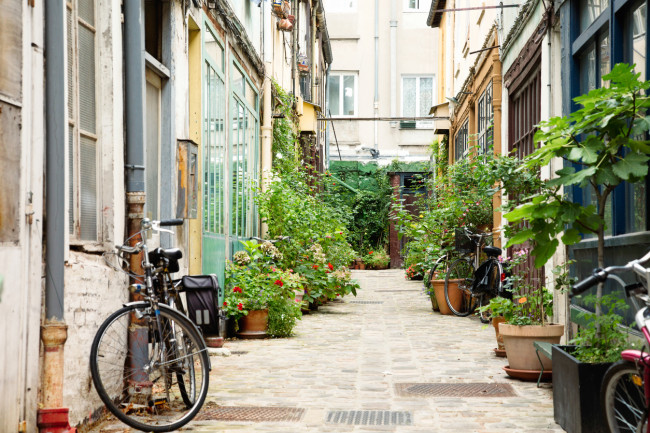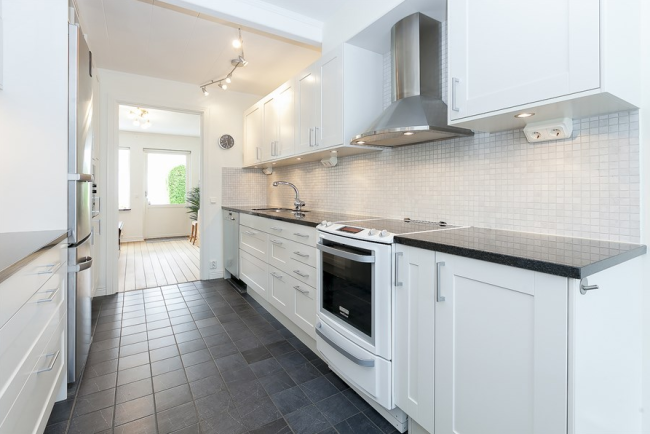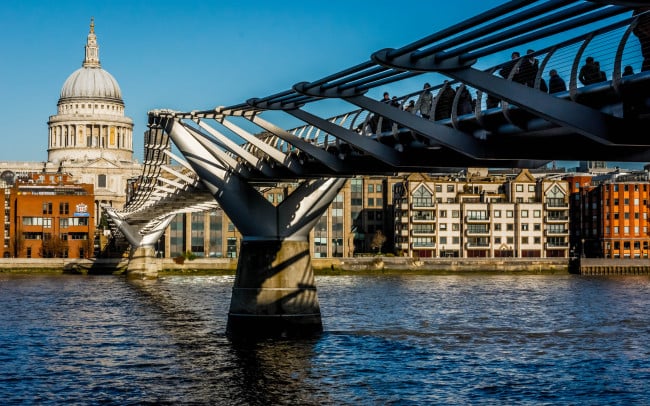The Expat Renter: A New Yorker's guide to the Hong Kong apartment hunt
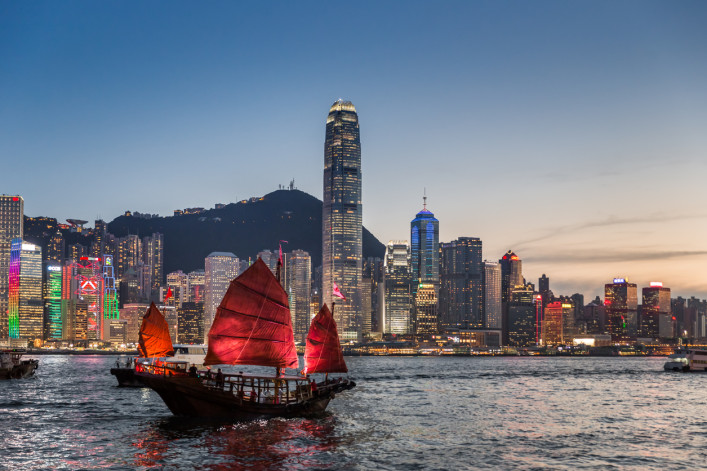
In our new column, the Expat Renter, we check into how leasing an apartment works in other cities and compare it to the (sometimes intractable) process New Yorkers have to go through here.
Our second edition of The Expat Renter touches down in the so-called "Pearl of the Orient"—Hong Kong. A densely urban territory consisting of 260 islands and peninsulas in the South China Sea, Hong Kong was returned to Chinese sovereignty in 1997 following more than a century of British rule. Today, the region functions somewhat like a democracy under a complex "one country, two systems" framework, and remains impacted by its British colonial legacy. This history flavors institutions, culture, economics, law and even language: while Cantonese, rather than Mandarin, is the common tongue here, English continues to be widely spoken and is visible on signage.
Hong Kong is located on the Pearl River Delta, with Macau to the west and the Chinese province of Guangdong to the north. Its densely populated urban center is located on the mostly flat Kowloon peninsula and Hong Kong Island, areas much more tightly packed than Manhattan. Bordered by a crest of mountains and hills to the northeast and southwest, split by the narrow Victoria Harbor in the middle and hemmed in by the South China Sea, Hong Kong's urban heart has little available land on which to spread. Outside these areas, however, it is home to a surprising amount of open countryside with a rich mix of subtropical flora and fauna. (Situated south of the Tropic of Cancer, Hong Kong’s latitude is equal to that of Hawaii.)
The 427-square-mile territory is home to over 7.3 million souls—and among them, around 85,000 American expats, according to the U.S. State Department. Hong Kong is the world’s most densely populated sovereign state or territory (by comparison, New York's five boroughs occupy 302 square miles, and are home to a population of 8.5 million)—and its most expensive housing market for the seventh year running, according to the annual Demographia International Housing Affordability Survey.
A thriving cultural center filled with fashion boutiques, Michelin-starred restaurants and an eclectic art scene, Hong Kong has long been a popular destination for expats. It is widely regarded as one of the world's safest cities, and the de facto access point to mainline China. Hong Kong is a major financial center; it's home to regional offices of many international companies, and the government is investing heavily in fintech, telecommunications, and IT, according to a recent government budget report. And though something of a cliché, there is some truth to the idea that Hong Kong is the perfect mix of east meets west, with European flair embedded in its architecture, signage in a mix of English and Cantonese, and a sizable expatriate population from many different corners of the globe. In this multicultural respect, along with the squeeze that such popularity places on housing prices, it has much in common with the Big Apple.
The landscape
Strike up a chat with someone familiar with Hong Kong apartment living, and the first thing he or she will warn is that even a hardened New Yorker must adjust his expectations. While smaller studio or one-bedroom apartments are similar to their New York counterparts in terms of size, those with a higher bedroom count often hold rooms that are either extremely small (a three-bedroom squeezed into 600 square feet) or much larger (3,500 square feet). Middle ground between the two is rare.
In this pricey property market, a $1 million purchase in Hong Kong Island will get you roughly 500 square feet, while individual car park spaces, which some residents buy for the investment, average $110,000, according to Jordan Miller, director of operations for the listings and property agent website OKAY.com. (All prices here will be listed in USD unless otherwise specified.) On the rental front, Miller offers the following as a rough guide for average prices in Hong Kong, noting that these vary according to location and age of the building:
Studio: $2,000 U.S. for 350 square feet
One-bedroom: $3,350 U.S. for 500 square feet
Two-bedroom: $5,300 U.S. for 700 square feet
Three-bedroom: $10,000 U.S. for 1,300 square feet
By comparison, the median rental price for a studio in Manhattan is currently $2,566 (and $67.55 per square foot); $3,395 for a one bedroom ($62.69 per square foot); $4,654 for a two bedroom ($63.80 per square foot); and $6,425 for three bedrooms or more ($73.04 per square foot), according to the most recent Douglas Elliman rental market report.
Overall, residential rental rates in Hong Kong fell 5.1 percent in the fourth quarter of 2016, according to Knight Frank's Prime Global Rental Index. Vacancy rates, however, are still low, especially in the prime Mid-Levels district, and there has been little tenant mobility in Hong Kong over the last year. Rates are expected to soon rise, however, as even a modest uptick in demand will push them up, according to predictions in Savills' Hong Kong Residential Leasing Briefing for February 2017.
The greatest potential areas of opportunity for renters in terms of availability, according to the report, are Kowloon, which will see a relatively abundant supply of rental apartments in 2017, and the townhouse market in the Peak and Southside, which will see a surplus as a new wave of new construction is completed, putting a downward pressure on rental rates, according to the Savills report. This inventory is especially dense Kowloon, but comprised mostly of smaller units there, measuring between 300 and 600 square feet.
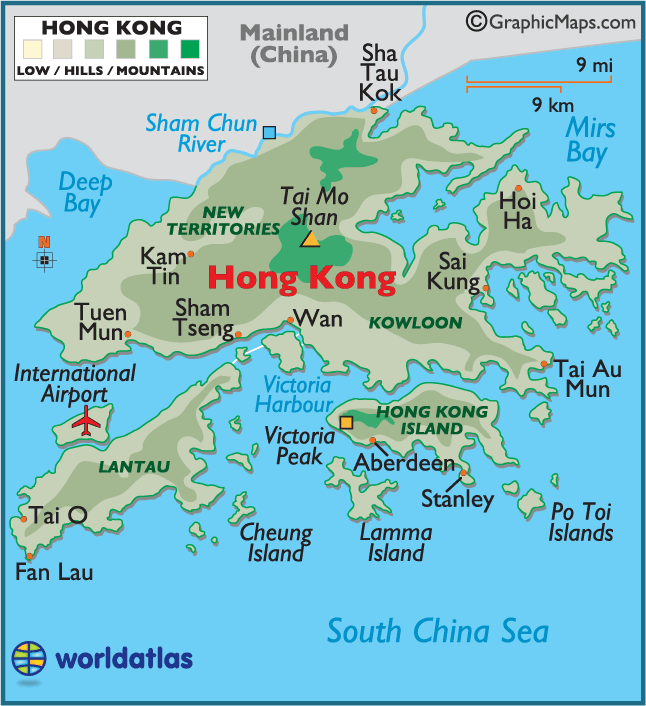
Where to look
Once you've adjusted your expectations in terms of square footage, the next step in a Hong Kong apartment search is choosing an island (or, in the case of Kowloon, a peninsula). Unsurprisingly, central neighborhoods are among the most desirable, with prime spots located on Hong Kong Island, where international companies and offices tend to be located.
Elevation is also a key indicator of desirability, and so a higher elevation often commands a higher price. The Mid-Levels, for example, are so named because the neighborhood is located just above Central business district on the north shore of Hong Kong Island, halfway up Victoria Peak. It is an affluent, highly sought-after residential area with shops, restaurants, small parks, and the Central business district easily accessible.
Apartments in the upper section of the Mid-Levels are well suited to families because they tend to be (relatively) large, and often come with perks such as doorman service, swimming pools, gyms, and playgrounds. Young professionals and foreigners also gravitate toward the area, drawn by popular restaurants and bars, and the easy commute to Central via the world's longest outdoor escalator.
Sai Ying Pun and Kennedy Town are historic neighborhoods that have gentrified in recent years, and now buzz with trendy bars, restaurants, art galleries and relatively cheap rents. They are extremely popular with young professionals, thanks also to a recent subway expansion into these areas that makes for a quick commute. The Southside is another popular area with families, roughly 20 minutes by car from the Central business district, and accessible to several of Hong Kong's most popular beaches. Properties are larger here, and in a colonial style, with rental prices above 70,000 HKD, or just over $9,000 US per month—a significantly higher end of the rental market. (Based on a conversion rate of 1 HKD to 0.128561 USD on April 30, 2017, per http://www.xe.com.)
In greatest contrast to the high rises and small units typical of Hong Kong apartment rentals, Clearwater Bay and Sai Kung are home to old, small villages with three-story houses that tend to measure around 700 square feet per floor. Rental opportunities can be harder to come by here, as many properties are home to families that have lived there for generations, but some landlords will rent out an entire unit or make each of the three floors a separate unit. These neighborhoods are green, tranquil spots by the coast, and sport many gardens and private pools, offering up a more suburban lifestyle than their denser Hong Kong counterparts.
Kowloon, the peninsula to the north of Hong Kong Island, is a dense urban area bordered by the Lei Yue Mun strait to the east, Mei Foo Sun Chuen and Stonecutter's Island to the west and a mountain range that includes Tate's Cairn and Little Rock to the north. Victoria Harbor separates the peninsula from Hong Kong Island to the south.
Unlike farther-flung areas of Brooklyn and Queens in New York, Kowloon is Hong Kong's most densely populated area. Officially made up of the neighborhoods Jordan, Yau Mai Tei, and Mong Kok, its buildings are low-rise by Hong Kong standards and more budget-friendly, but apartments tend to be small at between 300 and 600 square feet.
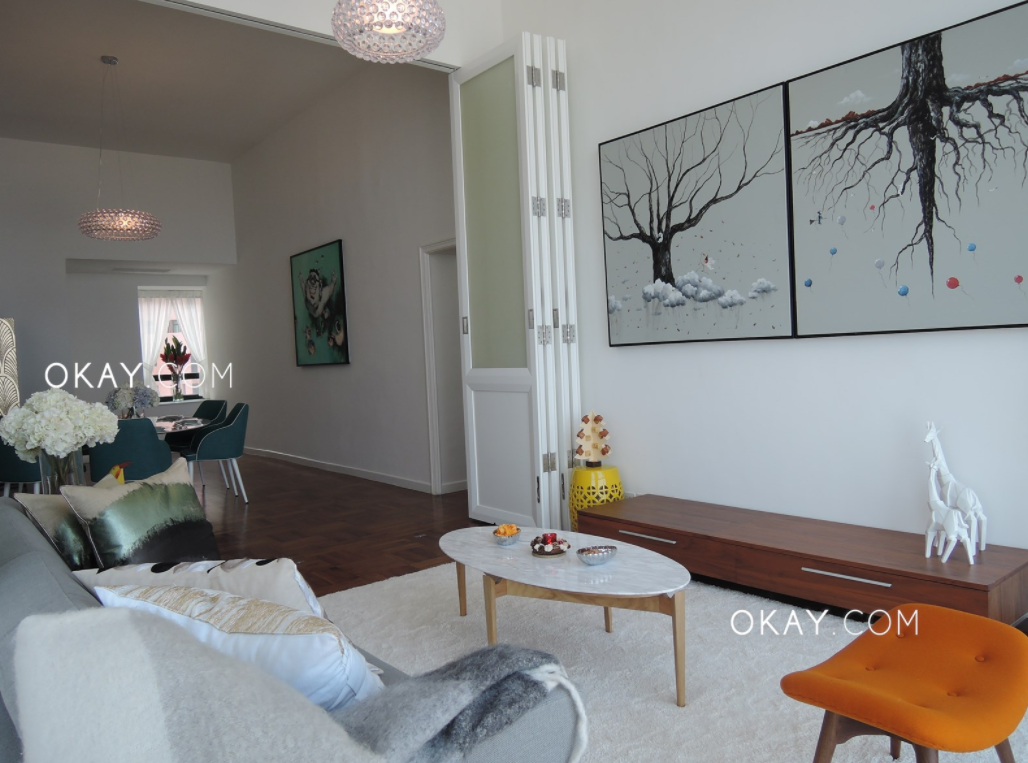
What you’ll need
Before setting out, you’ll need to compile the collection of documents a Hong Kong landlord or management company will almost certainly require:
- A copy of your passport and Hong Kong ID, if you have one
- Valid working permit
- Employment letter & contract
- A bank account
Also, be sure you get written proof that the landlord has bank consent, if the apartment is under mortgage. If there is no bank consent and the landlord defaults on the mortgage, the bank has the right to ask tenants to vacate immediately, potentially leaving you in a sticky spot, according to the Estate Agents Authority, a statutory body that regulates estate agency in Hong Kong.
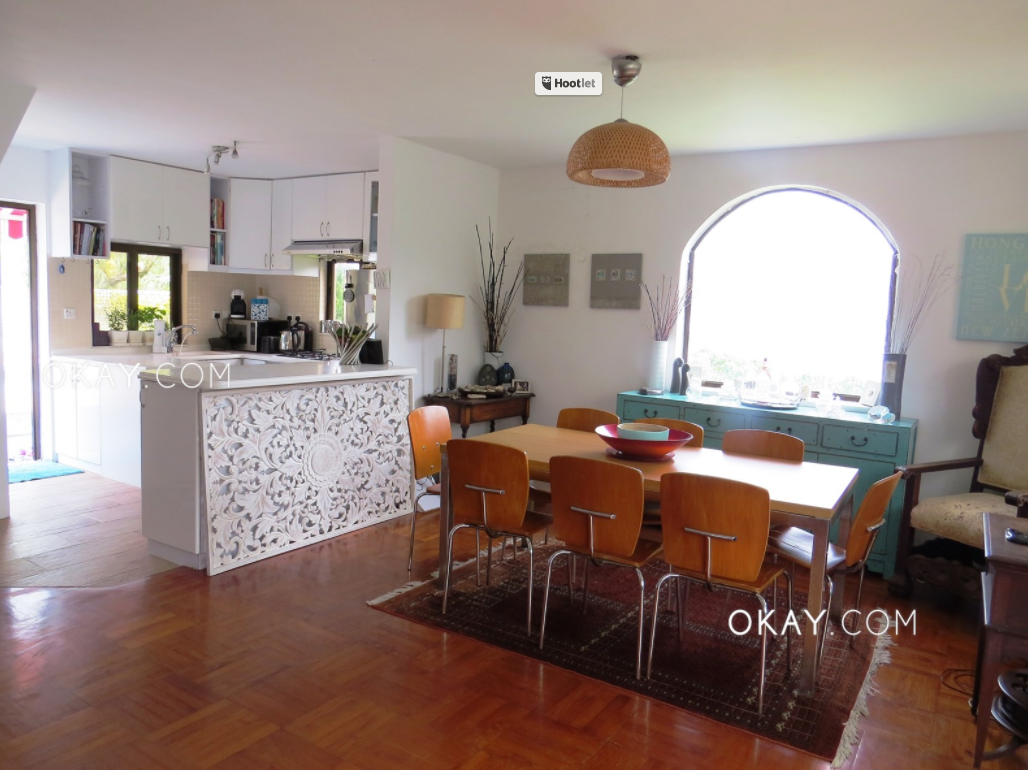
To broker or not to broker
One of the biggest differences between Hong Kong and most markets in the U.S. is that landlords do not give listings to agents on an exclusive basis. If a landlord wants to rent an apartment, they will commonly tell multiple agents that they plan to do so. One agent will attempt to manage the rental on behalf of both the landlord and a client who is searching for an apartment, in an effort to get both sides of the commission. There is no incentive to tell his or her colleagues about the listing because competition is already so robust, and listings they post online (or even in a store front window) tend to have little specific detail, such as the full address or unit number. Hong Kong still operates heavily with storefronts—to succeed as an agent, most agencies have to open storefronts in every neighborhood in which they want to do business.
For the renter, this can mean a frustrating experience. In Hong Kong, after a landlord tells several agents that an apartment is on the market for rent, all will often post the same listing online, resulting in duplicates. Some leave listings online, or in a storefront window, even long after they rent, and will then show a potential client something else. (This practice isn't unheard of in New York of course, especially among smaller shops in the outer boroughs.) A renter will also likely get a completely different experience, even within the same agency, depending on which broker he or she meets – because different brokers at the same shop will often have a completely different set of listings.
Navigating all of this is difficult without a good broker's help, as there are few resources available online for leasing directly.
"As in any market, working with a good agent can add tremendous value," said Miller. "They’ll source a range of properties that suit a client’s preferences, rather than the client having to schedule 10 viewings individually with different landlords in different buildings, and in neighborhoods they may not be familiar with."
There are no government agencies for approving or recommending real estate agents, and so the best way to find one is often by word of mouth. HR departments of major companies can be a tremendous resource, as many have preferred vendors. And as is the case anywhere, trust your gut: If you reach out to a would-be broker and get an odd response, move on.
"We encourage our clients to call 10 listings, and see for how many the agent responds and says 'we'll view this tomorrow at this price', and then actually takes you to do so," said Miller. "If you get a half-hearted response, or the agent immediately takes you to see something other than what you asked for, this is a red flag."
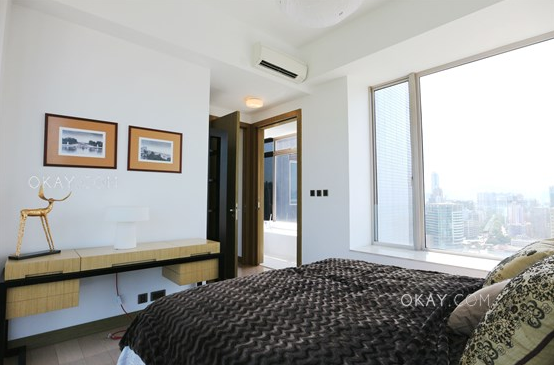
The costs
A rental lease in Hong Kong usually has a duration of two years, with an initial 12-month fixed period, and a break clause which is applicable for the second 12 months of the lease. The break clause is most often dual; meaning either the landlord or the tenant can opt to break it following the first 12 months, with 2-3 months' notice required. If you do opt to exit the lease in advance of the first 12 months, odds are you'll be required to pay all or at least some of the remaining period. These are the rules of thumb for a standard government lease, a document reflecting the interesting phenomenon that in Hong Kong, property owners do not really own their properties. Land in Hong Kong is technically owned by the government, which means the apartment owner is really only a shareholder in the land on which the building stands: the land equivalent of New York City's co-op buildings, in essence.
One month’s rent is generally required as a holding deposit upon signing an offer letter, or provisional tenancy agreement. Once the full lease agreement is signed, that deposit will become the first month's rent, and the tenant will pay an additional two to three months' rent as a security deposit, an agency consultation fee that is usually 50 percent of one month's rent and a stamp duty (a tax levied on documents) of 0.5 percent of the average annual rent.
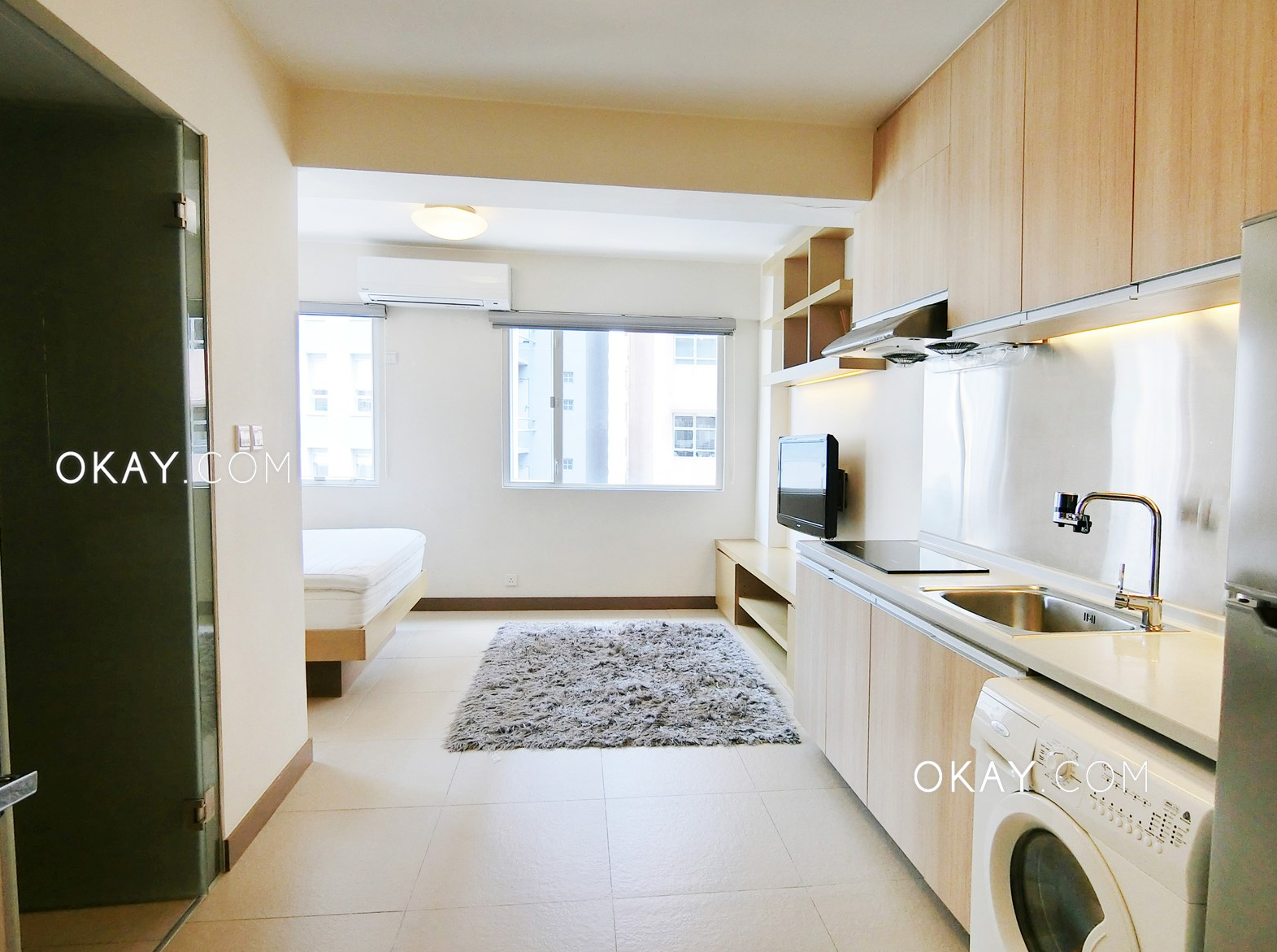
The quirks:
Looking at the Hong Kong skyline, it's easy to imagine that most apartments here are sleek and modern, housed in gleaming, high-rise towers. And while the city is definitely built vertically—finding yourself looking at a unit on the 30th or 60th floor isn't uncommon—not all are sparkling, high-end affairs.
"Because of the density, you'll see really rundown buildings alongside squeaky clean, brand new skyscrapers," said Allison Morrow, a journalist who lived in Hong Kong for three years. "And often those 'really old' buildings—a broker once warned that the one I was moving into was on the old side, I later learned it was six years old—are gut-renovated. Hong Kongers don't have the same romantic preferences for preserved, 'prewar' aesthetics like exposed brick or wainscoting that New Yorkers do."
That's not to say that there is zero charm to be found in Hong Kong's older properties, hundreds of thousands of which go back 30 or 50-plus years. In these buildings, you'll sometimes find four-to-six-story walkups with narrow staircases and metal, gated front doors that are becoming increasingly rare as new developments pop up.
"Some of these older buildings do have lots of old-world charm," said Miller. "The neighbors are families that have lived in those apartments for a really long time, and you'll see expressions of local culture in how they decorate doors with good feng shui, like New Year's signage with words of good luck." Older buildings also tend to have more space, and if you're lucky enough to find a place on a quiet side street, it can also be surprisingly peaceful.
Once inside a Hong Kong apartment, the quirks continue. Ovens are rare, because Chinese cooking is mainly performed on a stovetop, and Hong Kongers eat out regularly, as Rebecca Shapiro notes in her travel, style and food blog, Little Spoon Big City. Many apartments are, at most, equipped with a burner or two.
In place of that oven is often the infamous two-in-one washer and dryer, an appliance especially prevalent in city's most petite units. This tiny contraption fits under a kitchen sink, but can take three hours to do a small load of laundry and then still likely not be dry, Hong Kongers lament.
"Almost every apartment I’ve ever seen has a washer/dryer combo in the kitchen, instead of an oven," said Lauren Wright, a PR manager who lived in Hong Kong for two years. "An oven is a highly-coveted object and from my experience, in the rare cases that you find one, it can make rent more expensive."
The heat and humidity of Hong Kong's subtropical climate can also present challenges, even indoors. Temperatures are so hot most of the year that many buildings don't have heating, and so many residents resort to portable space heaters in the few cooler months. Dampness, however, is always a concern, with humidity hovering above 80 percent for much of the year. During the hottest times, it especially packs a punch.
"During the humid season, which really lasts half the year, air-conditioning can cost a fortune," said Delphine Jaugey, a lawyer who lived in Hong Kong for six months. "And you definitely need a dehumidifier, otherwise your clothes and shoes will be ruined."
Perhaps more comfortable in the steamy climate are fauna like pythons, snakes, and bats, which make regular appearances in Hong Kong's greener, more tranquil neighborhoods like Clearwater Bay—not unlike the raccoons and skunks who pop more often than you might think in the Five Boroughs.
In many respects, Hong Kong and New York City are kindred rental spirits: Space is at a premium, with millions squeezed onto the small islands and peninsulas that make up the area. The density makes the search a challenge, and managing your expectations when it comes to both price and square footage is wise. Both cities offer many surprises and lots of charm if you're willing to push beyond the obvious, and whatever ideas you may have had about the metropolis and its housing stock at the outset. A mix of old and new converges in these sister cities in a fascinating way, making for a potentially rich experience—especially if you're armed with good advice and an adventurous spirit.
You Might Also Like
















